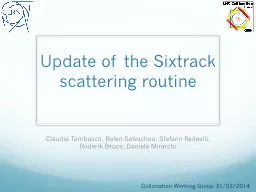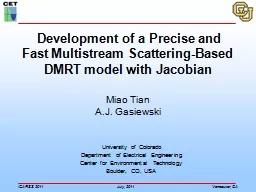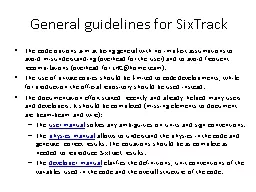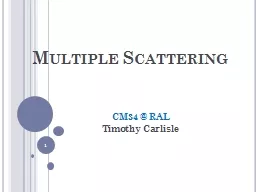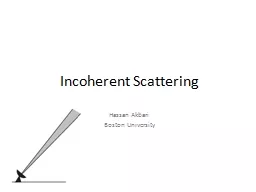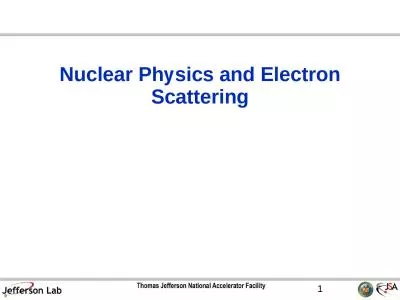PPT-Update of the Sixtrack scattering routine
Author : liane-varnes | Published Date : 2016-03-12
Claudia Tambasco Belen Salvachua Stefano R edaelli Roderik Bruce Daniele Mirarchi Collimation Working Group 31032014 Acknowledgements Thanks to whole the collimation
Presentation Embed Code
Download Presentation
Download Presentation The PPT/PDF document "Update of the Sixtrack scattering routin..." is the property of its rightful owner. Permission is granted to download and print the materials on this website for personal, non-commercial use only, and to display it on your personal computer provided you do not modify the materials and that you retain all copyright notices contained in the materials. By downloading content from our website, you accept the terms of this agreement.
Update of the Sixtrack scattering routine: Transcript
Download Rules Of Document
"Update of the Sixtrack scattering routine"The content belongs to its owner. You may download and print it for personal use, without modification, and keep all copyright notices. By downloading, you agree to these terms.
Related Documents

